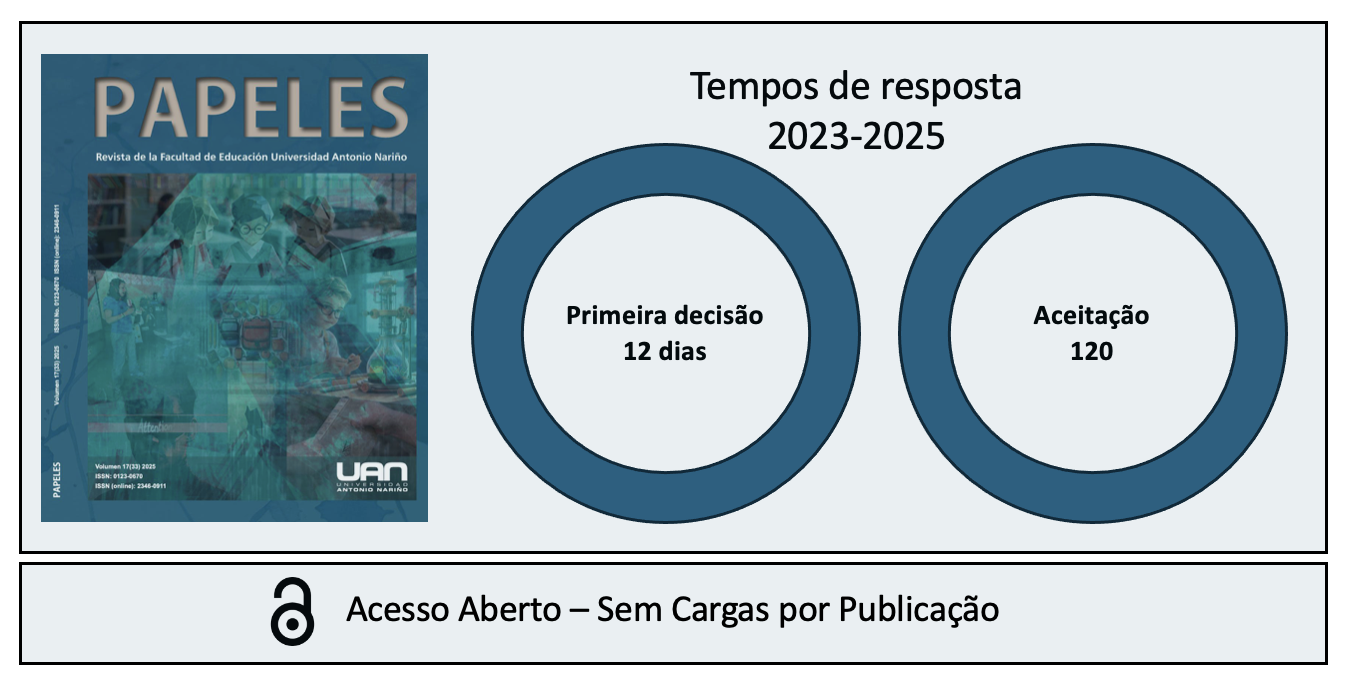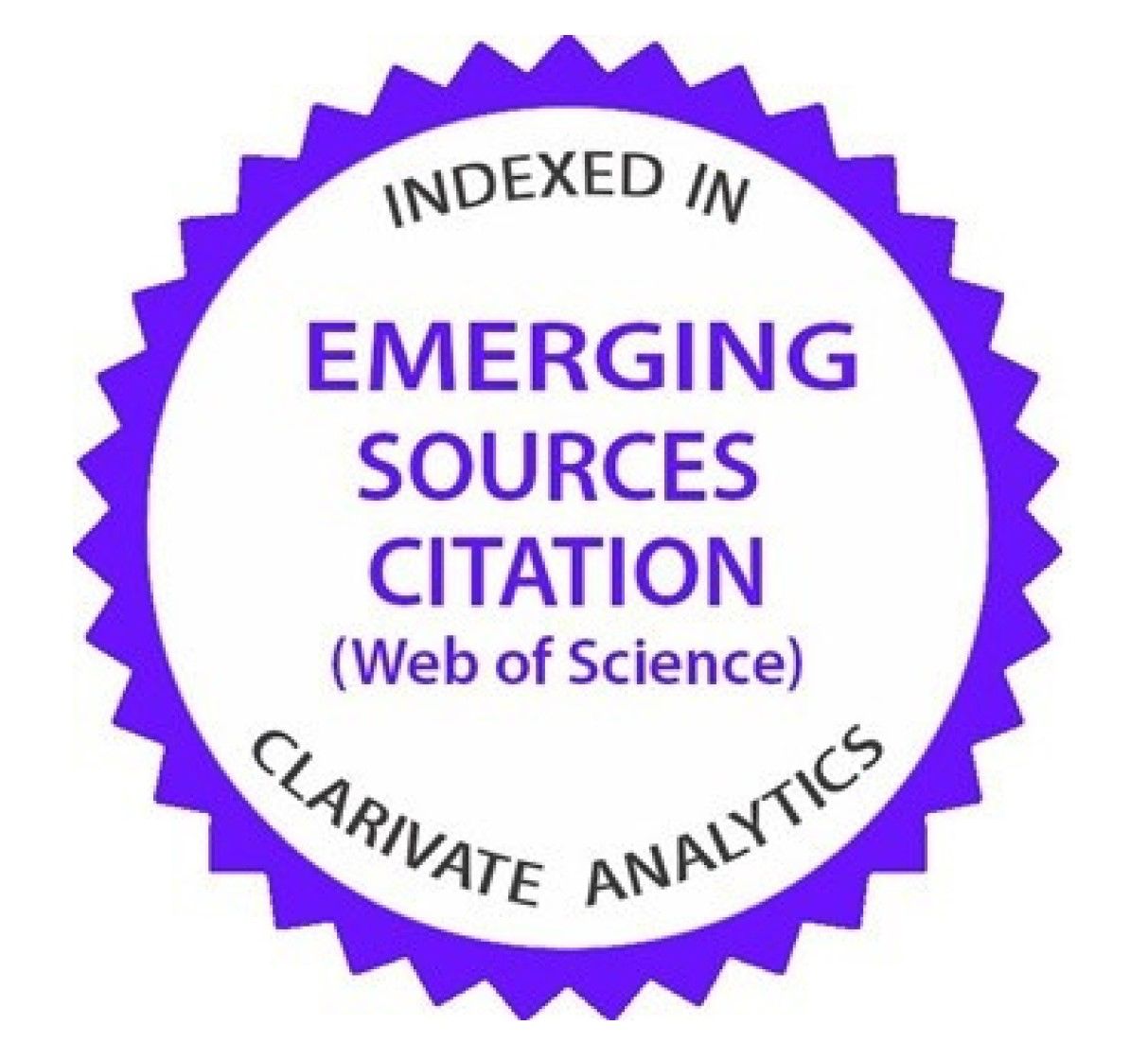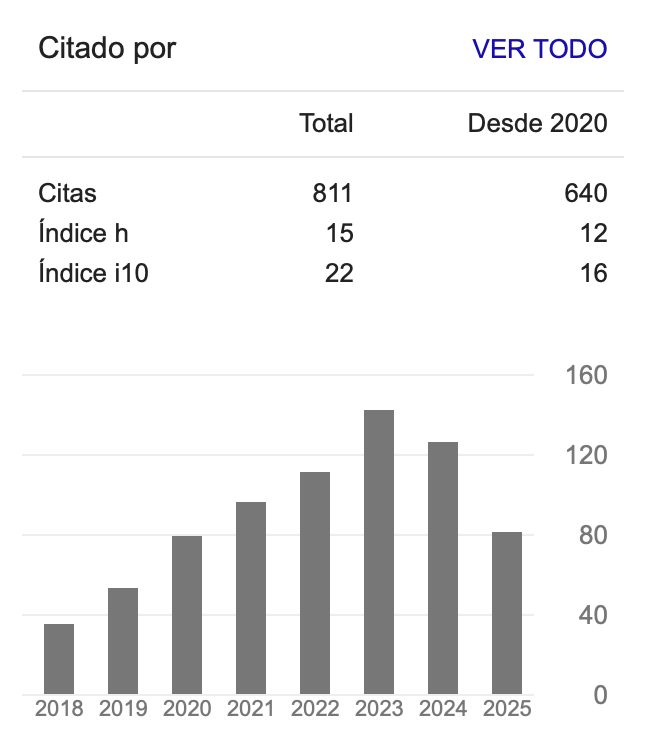CLIL in the English as a Foreign Language (EFL) University Class: Incorporating Thematic World maps in Learning
DOI:
https://doi.org/10.54104/papeles.v9n17.470Palavras-chave:
CLIL, geography, maps, essay structure, meaningful learningResumo
CLIL (Content Language Integrated Learning) has increasingly gained recognition as a methodology for teaching mainstream courses at Colombian universities to foster the learning of English through academic subjects in the social sciences. This is a report of how overlaying thematic maps to identify correlating data has been used to develop support for essays which focus on social issues. As students overlaid thematic maps to identify the relationship between social indicators, they were able to sustain a thesis for their essay thesis topics through geographic research. Hence, the exercise demonstrated the simultaneous learning process advocated by CLIL as students acquired map skills to support a thesis in an essay.
Downloads
Referências
(1) Bernaus, M. & Gardner, R. C. (2008). Teacher motivation strategies, student perceptions, student motivation and English achievement. The Modern Language Journal, 92(3), 387-401.
(2) Bryan, N. & Habte-Gabr, E. (2010). Strategies for teaching geography electives in English to native Spanish speakers at a Colombian university. Latin American Journal of Content & Language Integrated Learning, 1(1), 1-14.
(3) Catalán, R. M. J. & Llach, M. P. A. (2017). CLILor time? Lexical profiles of CLIL and non-CLIL EFL learners. System, 66, 87-99.
(4) Czura, A., Papaja, K. & Urbaniak, M. (2016). Bilingual education and the emergence of CLIL in Poland. In CLIL Practice: Perspectives from the field, Modernizing Educational Practice: Perspectives in Content and Language, Edited by Katarzyna Papaja, Artur Świątek. Cambridge Scholars Publishing, 172-178.
(5) Markovic, L., Prnjat, Z. & Adelkovic, S. D. (2016). Geography Student’s perception on implementation of multiple intelligences in a CLIL course Research Highlights in Education and Science, 34-39.
(6) Marsh, D. (2002). Content and Language Integrated Learning: The European Dimension - Actions, Trends and Foresight Potential. http://europa.eu.int/comm/education/languages/index.html
(7) McDougald, J. S. (2009). The state of language and content instruction in Colombia. Latin American Journal of Content & Language Integrated Learning, 2(2).
(8) Morawski, M. & Budke, A. (2017). Learning with and By Language: Bilingual Teaching Strategies for the Monolingual Language-Aware Geography Classroom. The Geography Teacher, 14(2), 48-67.
(9) Papaja, K & Urbaniak, M. (2013). The role of a teacher in a CLIL classroom. Glottodidactica. An International Journal of Applied Linguistics, 40(1), 147-153.
(10) Rodriguez, M. (2011). CLIL: Colombian Leading into Content Language Learning. Íkala, Revista de Lenguaje y Cultura, 16(2), 79-89.
(11) Rodríguez de Moreno, E. A. (2010). Geografía conceptual. Enseñanza y aprendizaje de la geografía en la educación básica secundaria. Bogotá: Tercer Mundo Editores.
(12) Silva, M. R. P. (2017). La didáctica de la geografía una preocupación reciente en el contexto de la enseñanza de la geografía colombiana. Boletim Paulista de Geografía, 90, 77-96.
(13) Spada, N. & Tomita, Y. (2010). Interactions between type of instruction and type of language feature: A Meta-Analysis. Language learning, 60(2), 263-308.
(14) Zafeiriades, N. & Kosma, G. (2017). The Case for Geography through CLIL: Exploring the Linguistic and Intercultural Potential: CLIL implementation in foreign language contexts: Exploring challenges and perspectives Part II, 8(2), 24-34.
(15) Zambrano, G. B. (2003). Teacher talk at three Colombian higher education institutions. PROFILE Issues in Teachers' Professional Development, 4(1), 9-16.
Downloads
Publicado
-
Resumo444
-
PDF (Español)380
Como Citar
Edição
Seção
Licença

Este trabalho está licenciado sob uma licença Creative Commons Attribution-NonCommercial-ShareAlike 4.0 International License.






